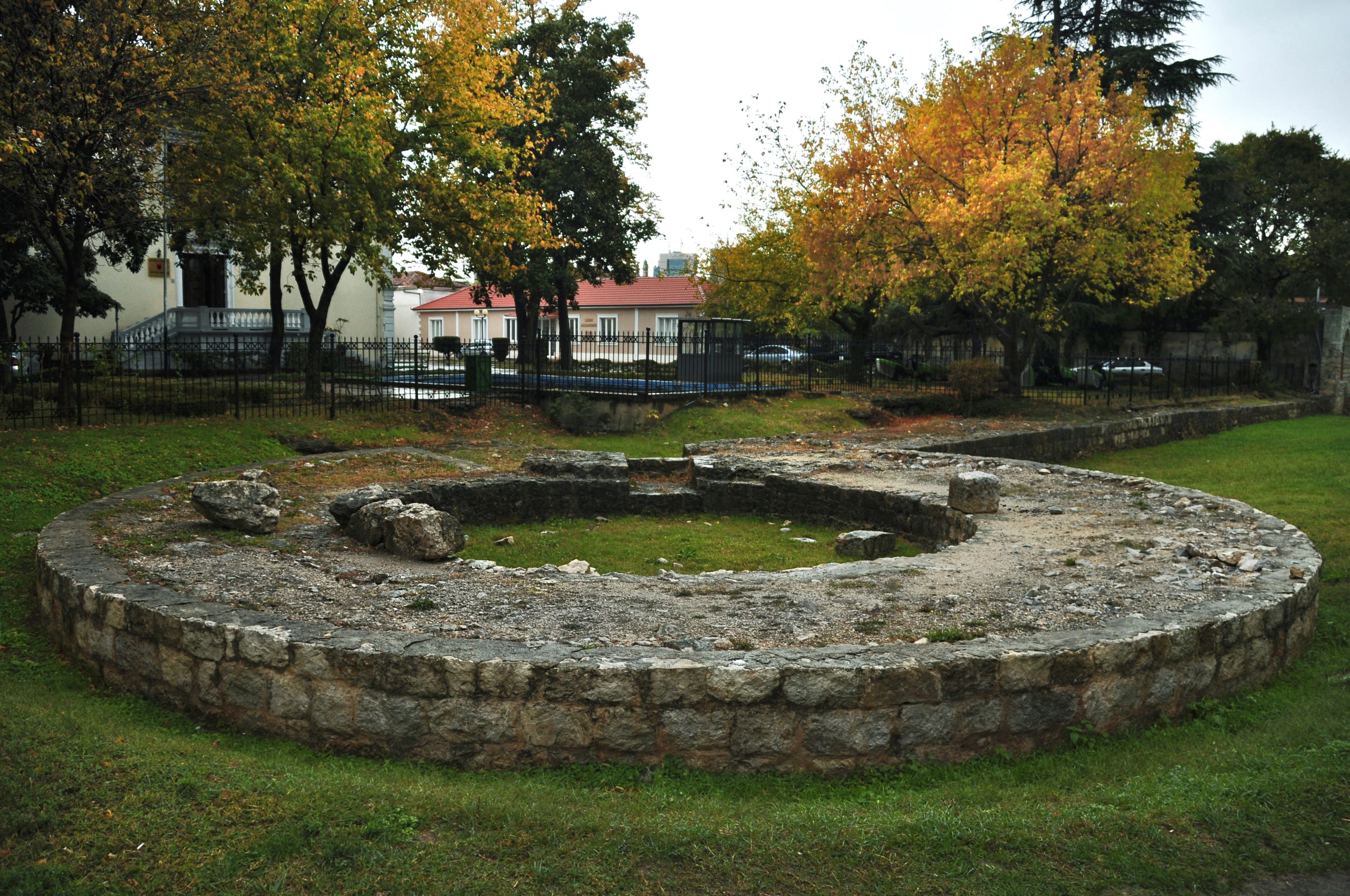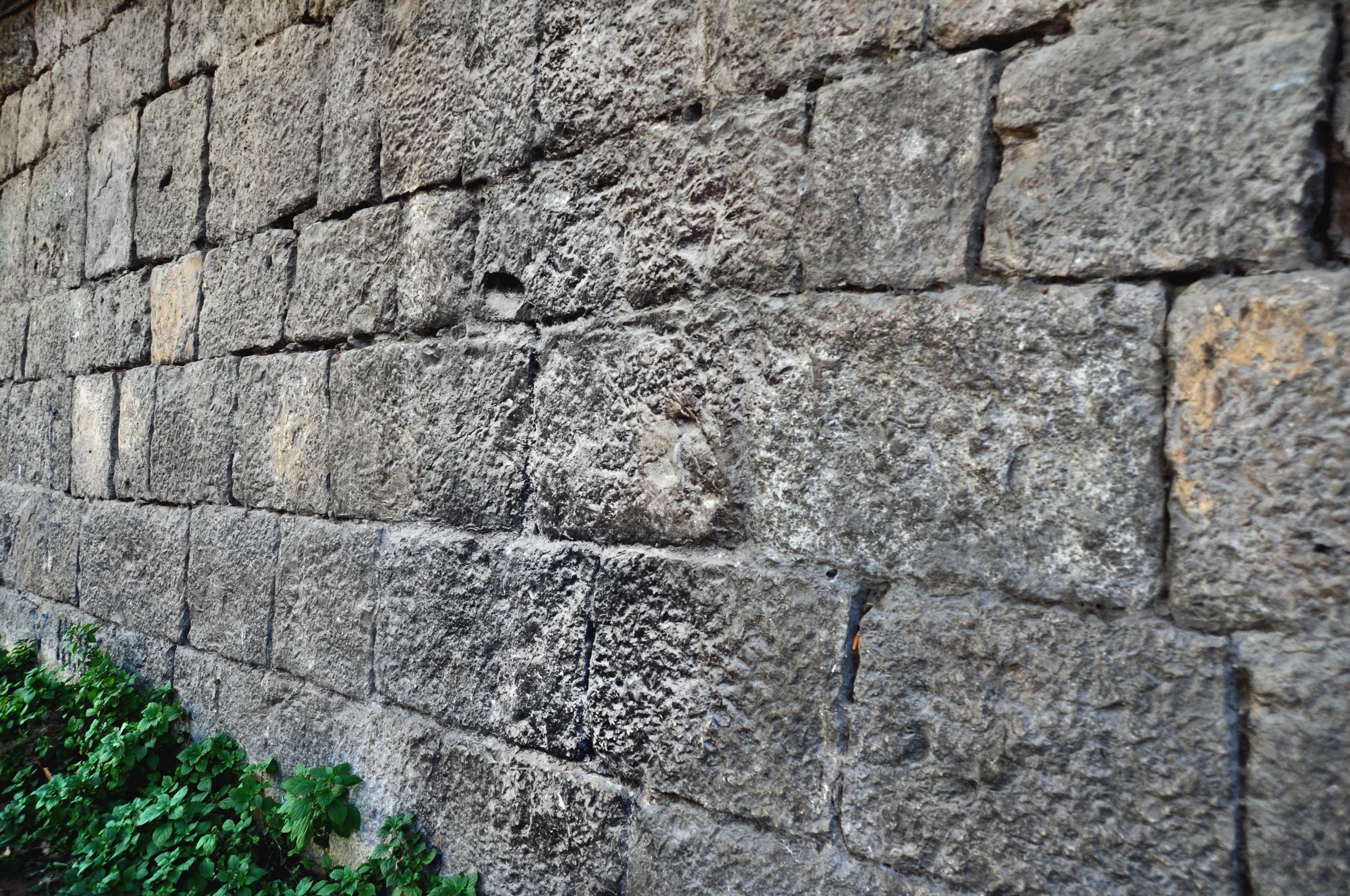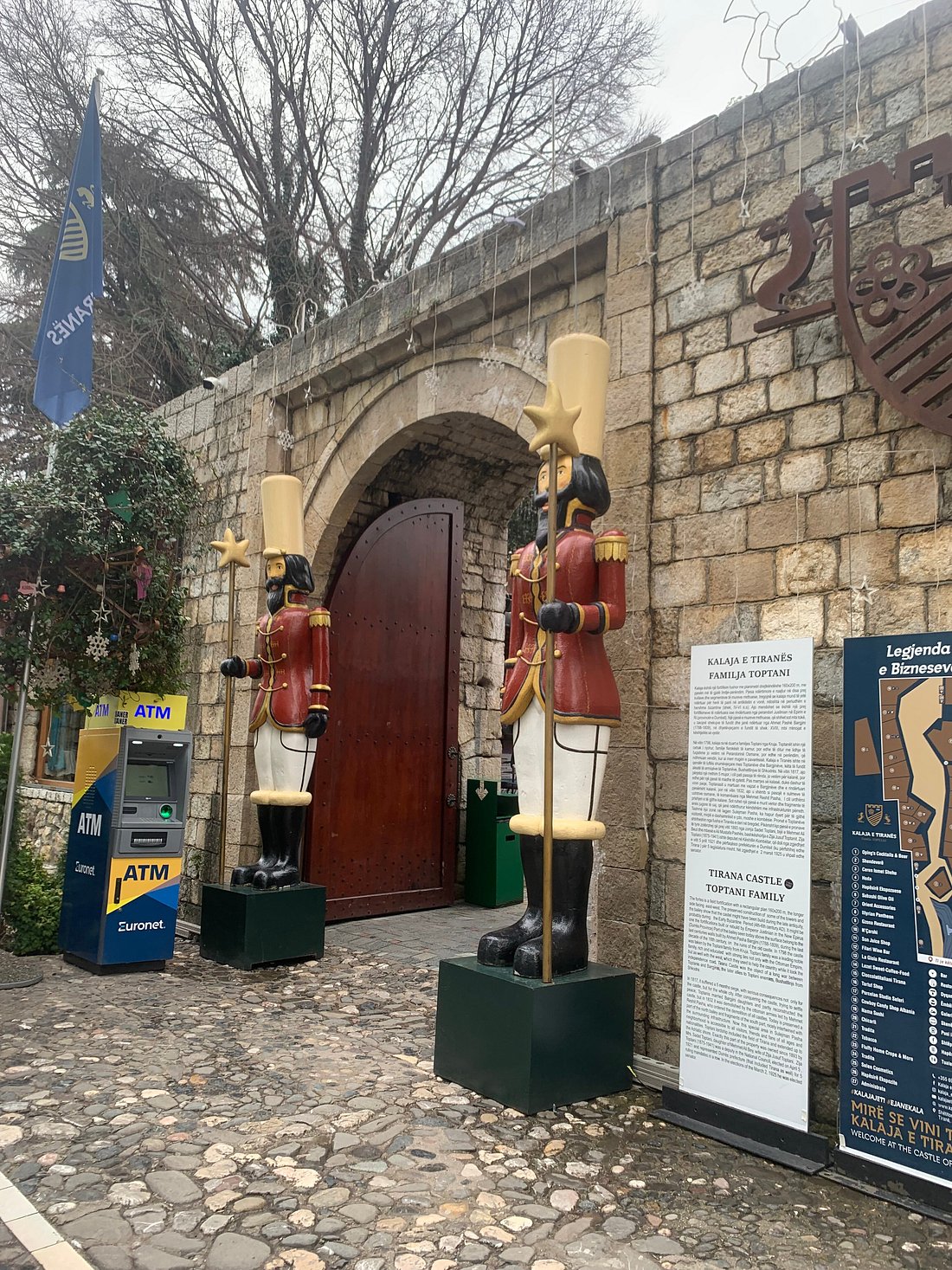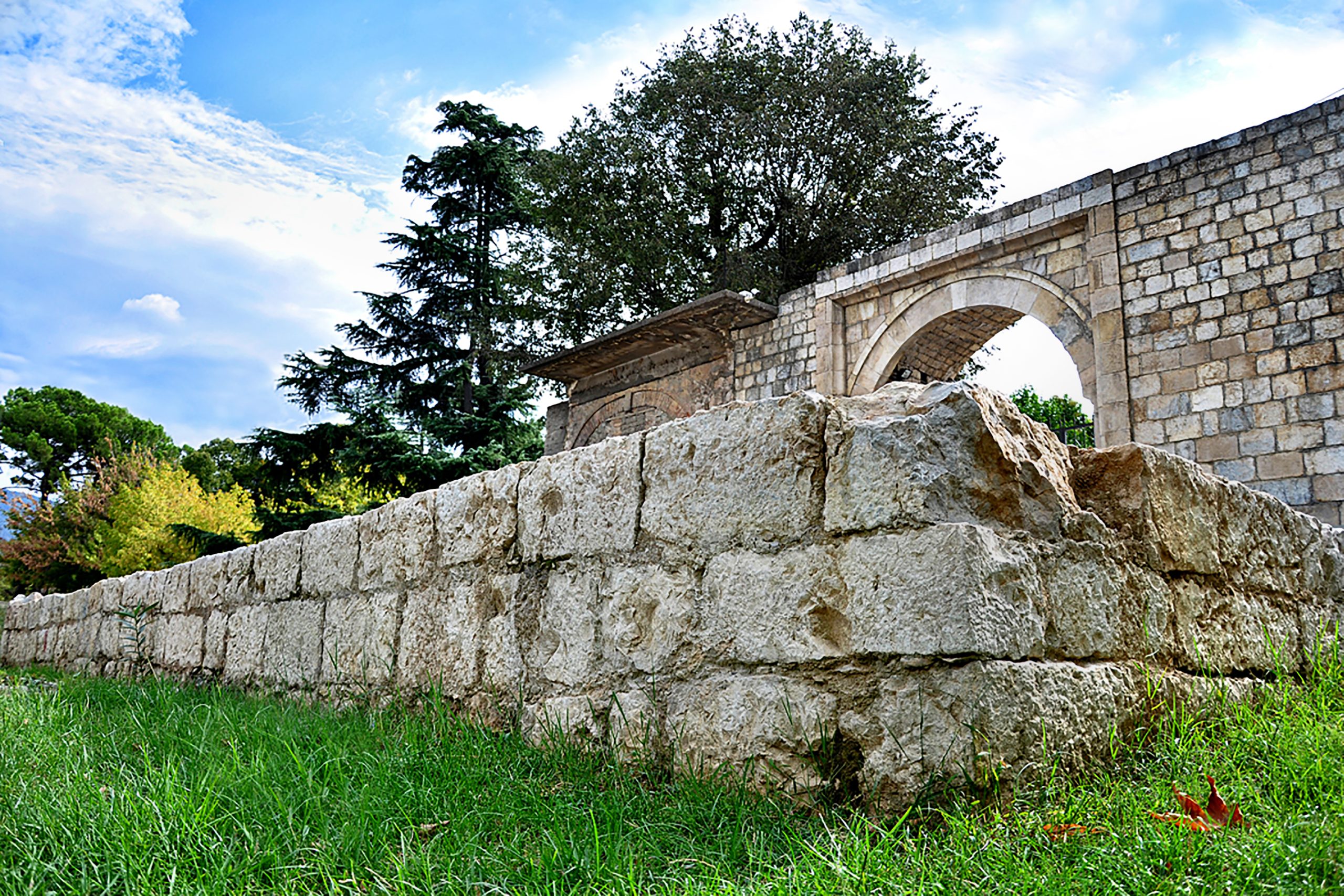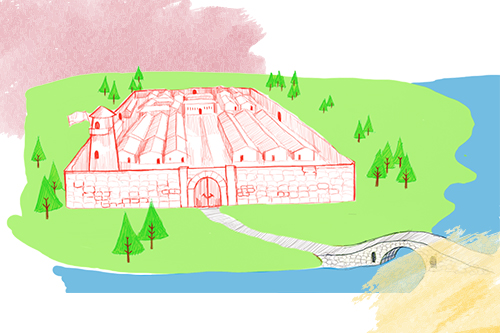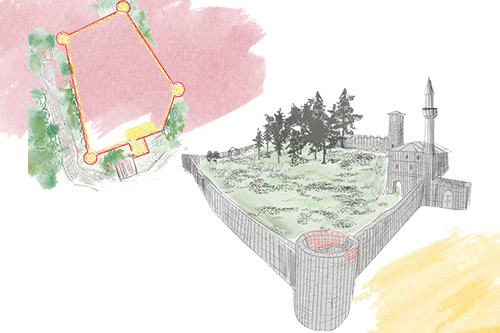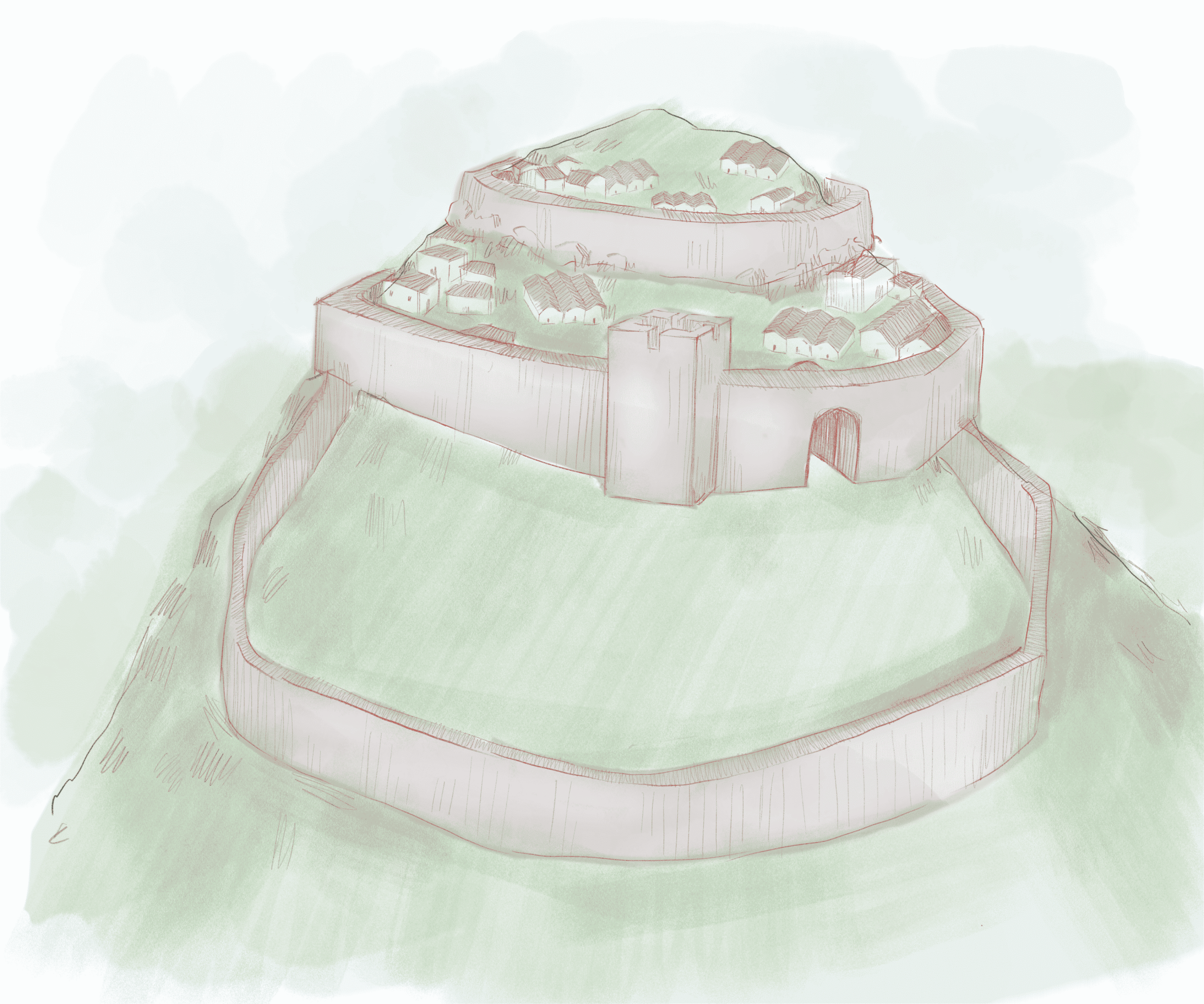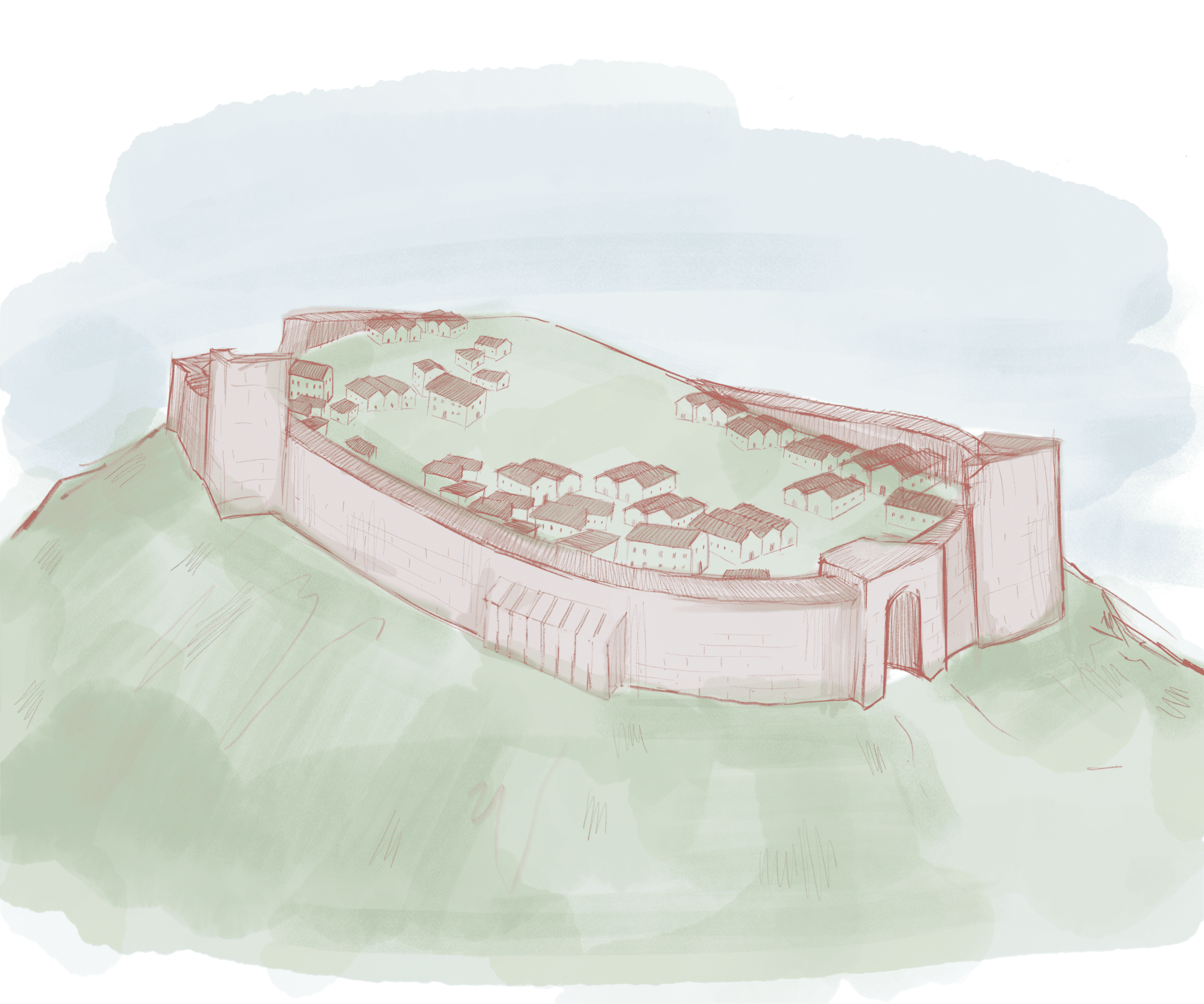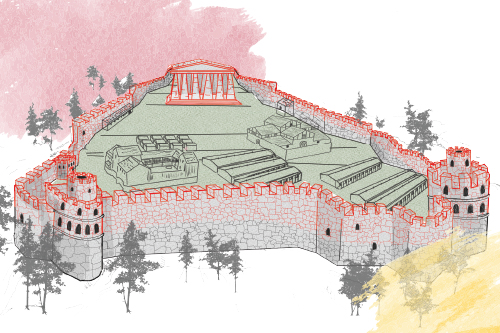🏰 Explore This Castle
Castle Details
Tirana Castle has a rectangular plan shape, measuring 160m by 120m. The walls from the first period were built with large stone blocks, cut into rectangular shapes. Later, the castle took on a typical Ottoman construction style. The castle was born and grew alongside the city of Tirana. This can be confirmed by studies conducted at the Tabakëve Bridge, where a series of walls belonging to the original city were discovered.
Of the surrounding walls of the former castle, today only a part of the northeastern wall and the foundation of the original tower remain standing.
In 1798, the castle fell into the hands of the feudal Toptani family, originating from Kruja.
In 1817, Ottoman rulers of Shkodra from the Bushatlliu family, in continuous conflict with the Toptanis, besieged the fortress for a long period, destroying part of it and the city walls.
Afterward, the Toptanis rebuilt the eastern city wall, which consists of a parapet crossed with openings for firearms, alternated with small observation windows.
The castle remained in use until 1832, when it was destroyed by the Ottoman general Mehmet Rushit Pasha as part of measures taken against the anarchy of the great local feudal sovereigns.
Learn About This Castle
👑 Who?
This castle was built by the Roman emperor Justinian I.
👑
🏰 What?
A typical urban fortress of the Romano-Byzantine “castrum” type.
🏰
❓ Why?
The castle was used by the city’s leaders to protect its citizens from enemies.
❓
🗺️ Where?
Tirana Castle is located in the historic center of the city, in its heart.

📅 When?
The castle was built during Late Antiquity, in the 6th century AD, by the Roman emperor Justinian I, who also gave it its name. The feudal Toptani family rebuilt the castle at the end of the 18th century, and the castle was demolished by the Ottomans in 1832.

Castle Gallery
